Rolling Stone
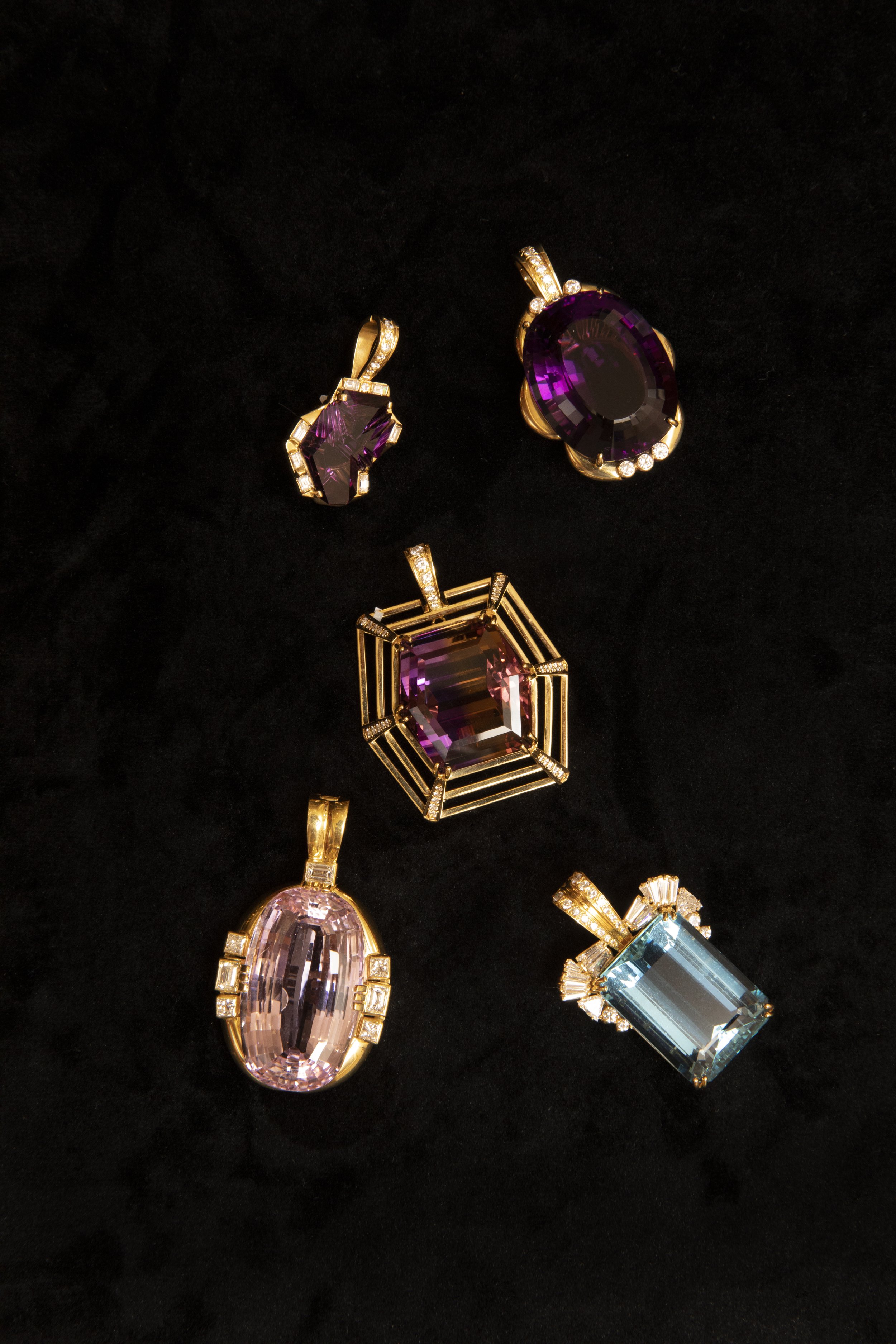
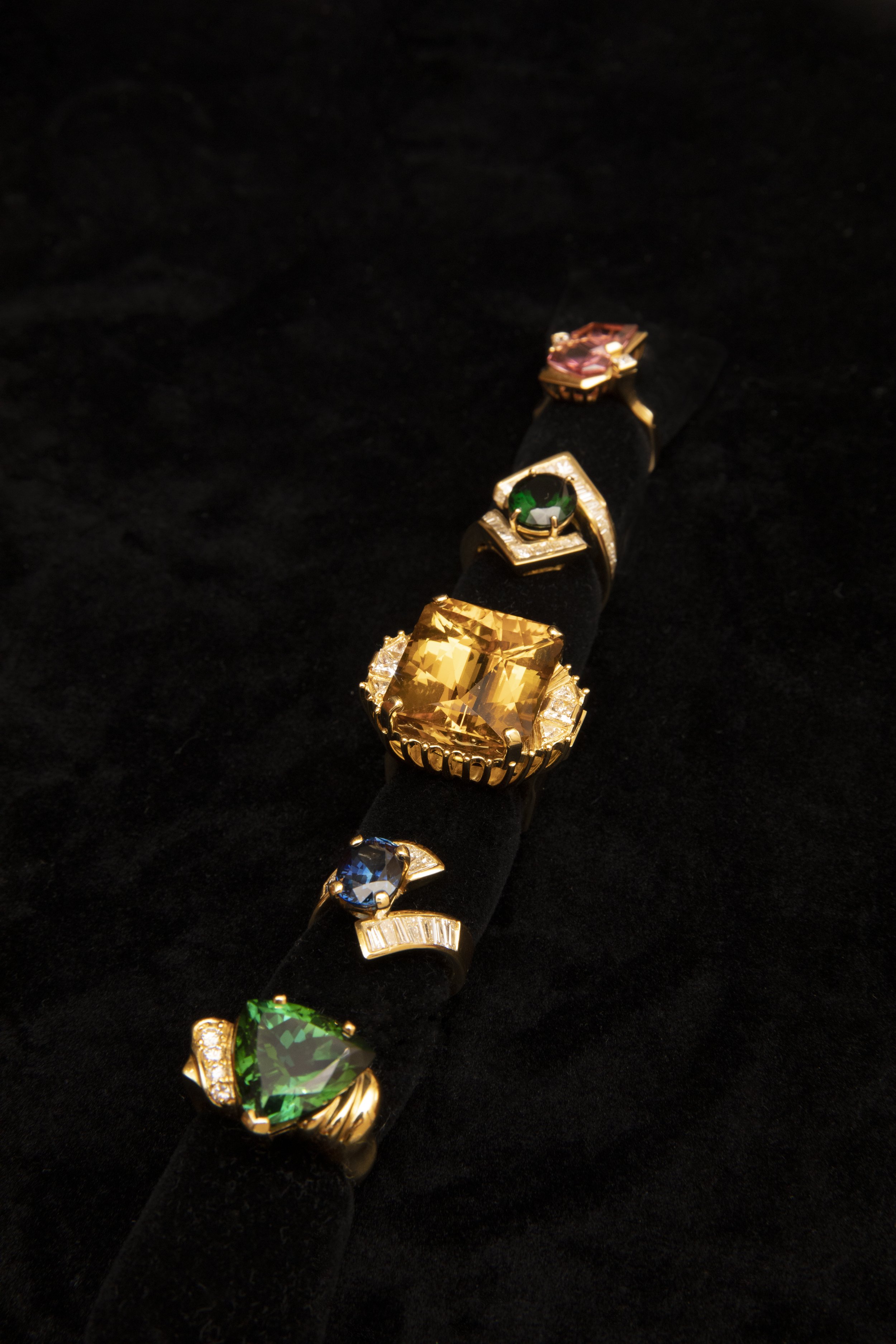
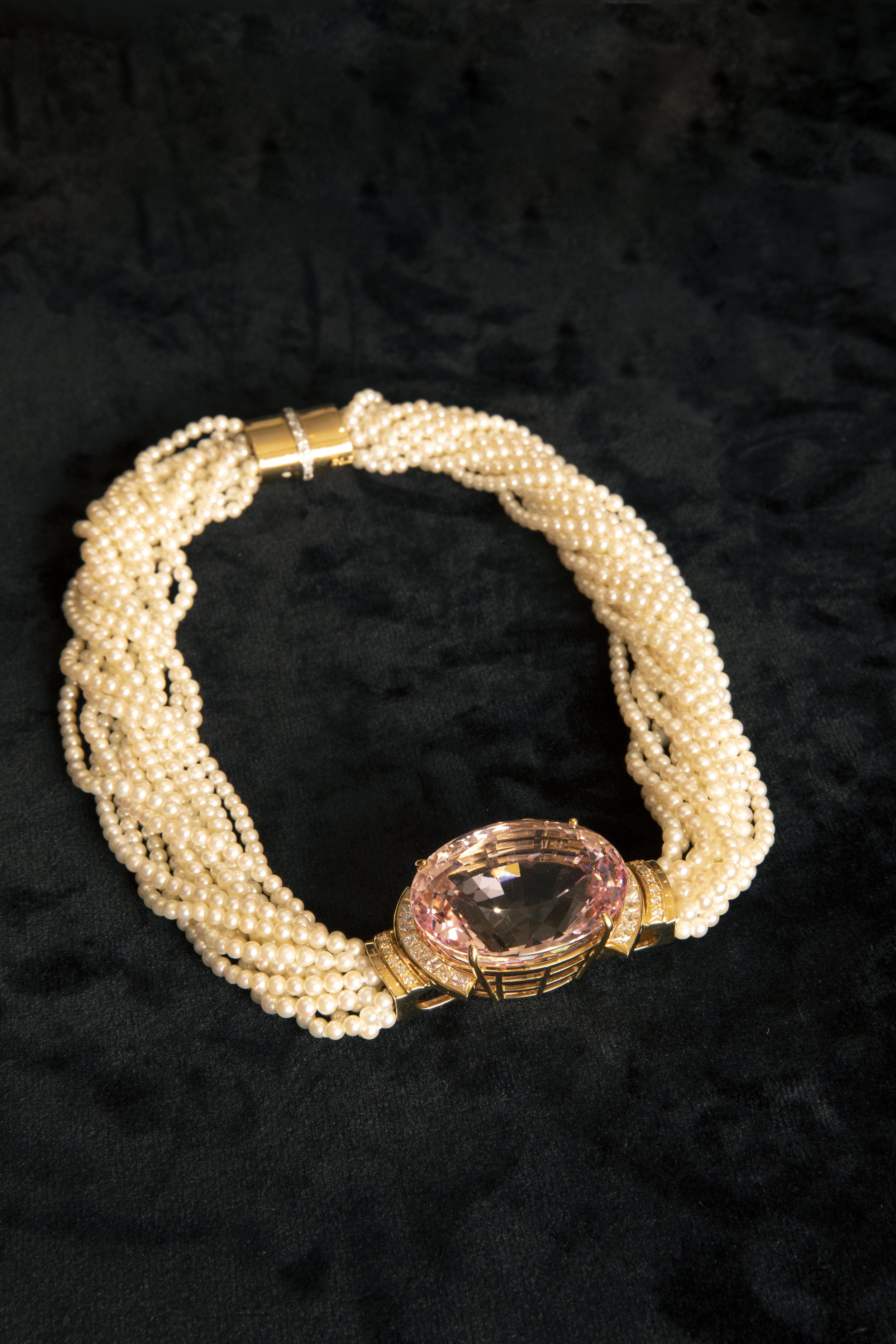
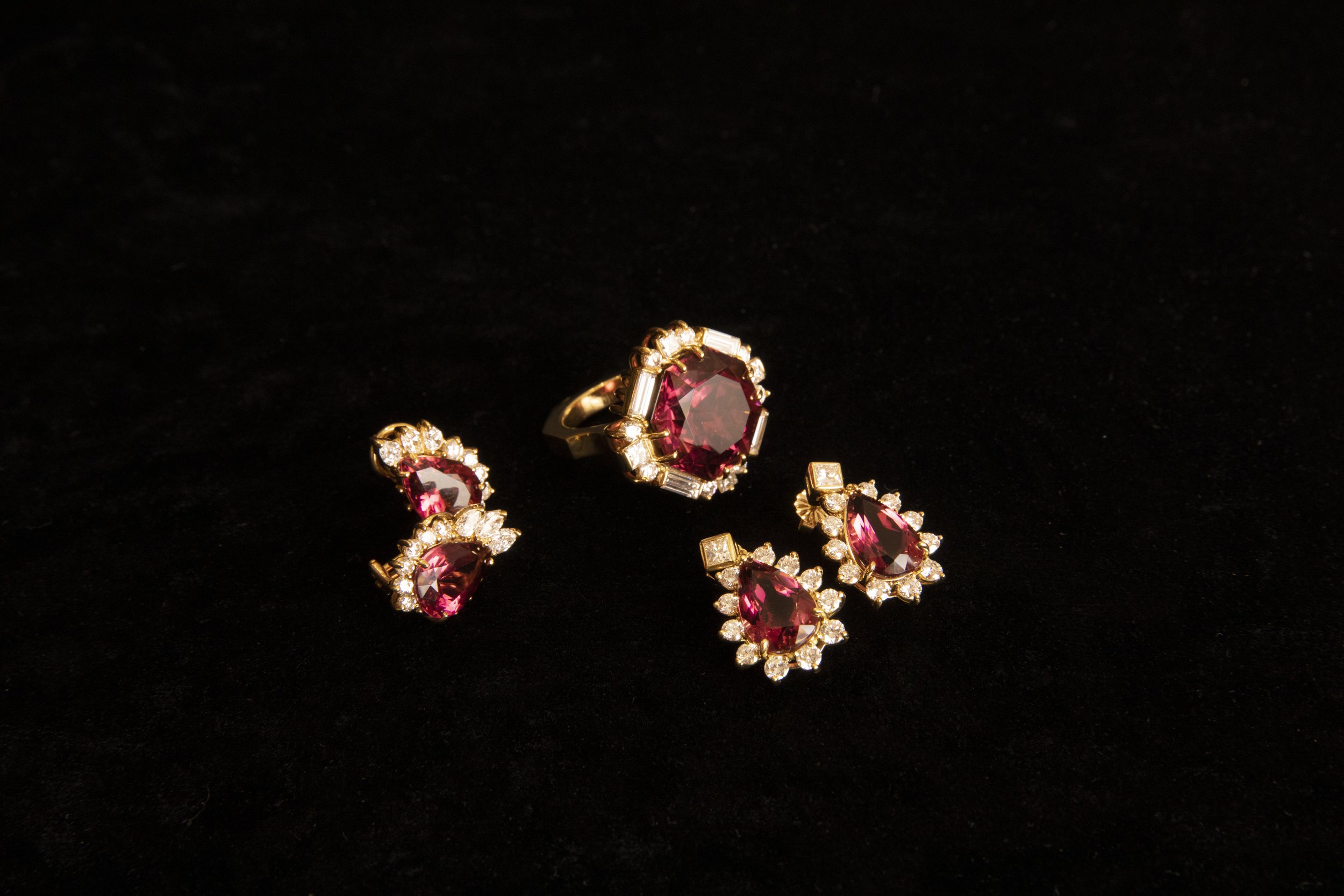
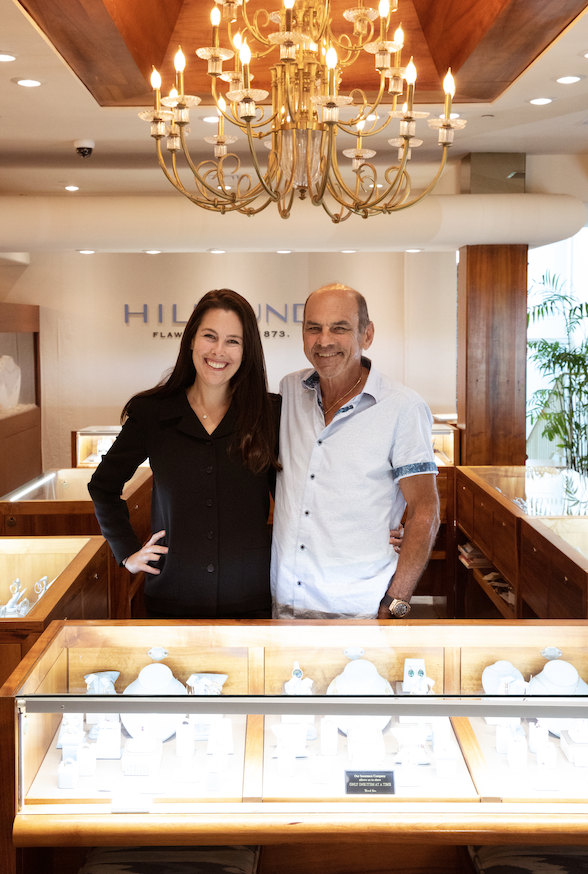
When Bruce Bucky arrives at one of the world’s biggest international fine jewelry shows—maybe it’s Minéral Expo in France, or Baselworld in Switzerland, or the Hong Kong Jewellery & Gem Fair in China—he’s a man on the hunt. Bucky likes precious gemstones: amethysts, aquamarines, alexandrites, you name it. He’s looking for orange sapphires and pink tourmaline and lilac spinels. The brighter the color and clarity, the better. But Bucky doesn’t want stones that have been processed through heating or other artificial treatments—only ones that have been simply discovered, cut and polished.
To find these jewels, Bucky will travel just about anywhere. He’ll ask jewelry shopkeepers and local merchants where they got their gems and who’s cutting the best stones in town. Bucky’s search once led him to a garage on the outskirts of Paris, where he made fast friends with a third-generation gemcutter who spoke no English but carved some of the most beautiful stones that Bucky ever encountered. Another time, it led Bucky to a jewelry fair in China where the gem section was nearly 36 football fields long and, after inadvertently walking the entire length of the show, he got lost and had to take a taxi to get back to the main entrance. Once, Bucky even found himself at a gem show “where money flew like water” and jewelry dealers stacked $100 bills in million-dollar piles along the back counters at their exhibition booths, while security guards carrying machine guns patrolled the crowds.
“Every gem is different; there are no two gems alike. Which is interesting because the business side is the opposite: Everything is handled in pretty much the same way, whether you’re in France or Thailand or Hong Kong,” Bucky says. “Gem dealers are usually simple people and very low-key. They’ll walk around gem shows with $20 million dollars’ worth of stones in their pockets and you wouldn’t even know it. You might think they were homeless.”
The gem trade is an unusual and fascinating industry. Bucky knows better than anyone; for more than three decades, he’s been the CEO of Hildgund Jewelry, one of the oldest jewelers in Hawai‘i. However, unlike other owners in this type of heirloom business (who might be the latest descendants in a family of jewelers or gemcutters or appraisers), Bucky is simultaneously the latest in line at Hildgund but he’s also relatively new, generationally speaking. “If you asked me 35 years ago if I thought I’d end up selling gems or even working in retail, I would’ve said no way,” says Bucky, whose focus back then wasn’t gemology or mineralogy, but business finance. “My background is automobile leasing, if you can believe it.”
In the 1980s, Bucky worked in fleet leasing at the former Mike Salta Pontiac on Nimitz Highway. At the time, a dealership as a whole might sell 2,500 commercial cars a year. Bucky was averaging 5,000 or so fleet vehicles annually because he never stayed put. “I didn’t wait for people to come in. I went out to companies; I’d knock on Hawaiian Electric’s door and ask, ‘You guys need any cars?’ And they’d buy 20 cars that day.”
Bucky was always on the move. He had actually gotten the job at the Pontiac dealership after only a brief conversation over drinks with then-dealership manager (and today, Honda Windward owner) Morrie Stoebner. “My wife asked me who I was talking to the night before because, whoever it was, I took a job with them,” Bucky recalls. “I didn’t remember but eventually found out it was Morrie. I called him and he said, yep, I took a job with him. ‘When did I say I’d start?’ I asked. Morrie said two weeks. So my wife and I went back to Los Angeles, sold everything, and we were back in Hawai‘i two weeks later.”
Bucky met Stoebner at the wedding of Bucky’s father, Carl, to a woman named Hildgund. The couple had met in 1977 when Hildgund asked Carl, who worked in marketing, if he could help her expand her jewelry company. Together, Hildgund and Carl became partners in business and life, opening five stores across the state to sell her signature jewelry.
“Hildgund was originally from Germany, where she was a master goldsmith, which was unheard of back then,” says Bucky. “She became the lead designer for Maui Divers Jewelry and Ming’s Jewelry, and eventually bought the jewelry company Dawkins & Benny, which was one of the first companies registered in Hawai‘i. I have pictures of her first store (at the Stangenwald Building) on Merchant Street that wasn’t even a street; it was just a dirt road with horse ties.”
Hildgund’s specialty was crafting jewelry with the Hawai‘i coat of arms and insignia pieces for local institutions, such as the Honolulu police and fire departments, and Punahou School. She especially loved colorful gems.
Bucky does, too. In 1991, at 40 years old, Bucky wanted a change of pace from car leasing and his father asked if he wanted to work as a salesman for what was now the (extended) family business. Carl offered his son $10 an hour (around $19.50 an hour today), a 2% sales commission — and to open a Hildgund’s location at the former JW Marriott Ihilani Resort & Spa. Bruce quickly fell in love with the industry. He became certified to grade diamonds, color stones, and pearls by the Gemological Institute of America not long after, and the rest is history.
Today, among the company’s collection of handcrafted rings, necklaces, earrings and pendants, Hildgund offers specialized pieces geared toward more of their male audience, including money clips and exclusively engraved collectible knives by the award-winning artisan company William Henry. Hildgund also features the largest collection of internally flawless yellow diamonds in the state.
“I only buy (GIA grade) ‘Fancy’ yellows or above, only ones that are internally flawless, and ones with no fluorescence. I don’t like the ‘Fancy Vivid’ types; they’re just too yellow. But generally, when you take a yellow diamond up to your eyes, it’s like you’re looking into a kaleidoscope. You can lose yourself in the diamond,” Bucky says. “I can’t tell you how many times a customer comes into one of our stores, sees a piece and says, ‘Let me think about it.’ Then they call us a few days later and say, ‘You know what? I keep dreaming about this thing.’ Stones can talk to you.”
